 |
 |

f028312: a large mottled sand star regrowing one of its seven arms. The luidia sand star is a predator, even capable of cannibalism. Luidia neozelanica |
 |
| This document contains thumbnails of all 200+ images in the photo slide show of the Seafriends 2006 CD. You can browse the images for the ones you are looking for. Click on an image or the linked photo ID to see the screen-sized image. You can search all text by clicking Edit/Find in page and entering a short search string. You can also print this document for future reference. Use special or photographic ink jet paper for best results. |
.
'
 |
 |

f028312: a large mottled sand star regrowing one of its seven arms. The luidia sand star is a predator, even capable of cannibalism. Luidia neozelanica |
 |
 |
 |
 |
 |
 |
 |
 |
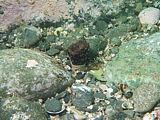 |
 |
 |
 |
 |

f045205: a rich community once lived here. Now a single grazing snail remains, as the green fluff, a planktonic dinoflagellate, kills. |
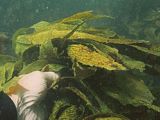 |
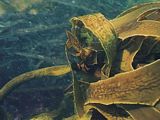 |
 |
 |
 |
 |
 |
 |
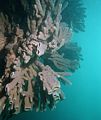 |
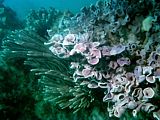 |
 |
 |
 |
 |
 |
 |
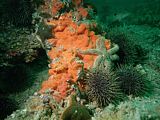 |
 |
 |
 |
 |
 |
 |
 |
 |
 |
 |
 |
 |
 |
 |
 |
 |
 |
 |
 |
 |
 |
 |
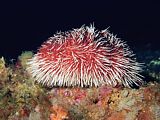 |
 |
 |
 |
 |
 |
 |
 |
 |
 |
 |
 |
 |
 |
 |
 |
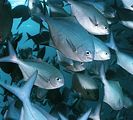 |
 |
 |
 |
 |
 |
 |
 |
 |
 |
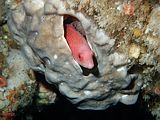 |
 |
 |
 |
|
 |
 |
 |
 |
 |
 |
 |
 |
 |
 |
 |
 |
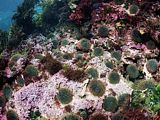 |
 |
 |
 |
 |
 |
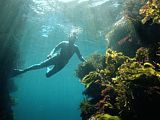 |
 |
 |
 |
 |
 |
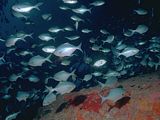 |
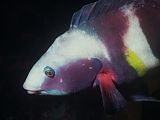 |
 |
 |
 |
 |
 |
 |
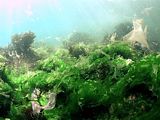 |
 |
 |
 |
 |
 |
 |
 |
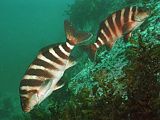 |
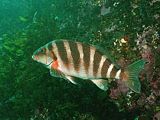 |
 |
 |
 |
 |
 |
 |
 |
 |
 |
 |
 |
 |
 |
 |
 |
 |
 |
 |
 |
 |
 |
 |
 |
 |
 |
 |
 |
 |
 |
 |
 |
 |
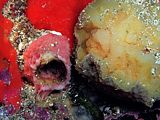 |
 |
 |
 |
 |
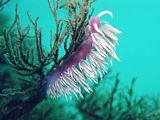 |
 |
 |
 |
 |
 |
 |
 |
 |
 |
 |
 |
 |
 |
 |
 |
 |
 |
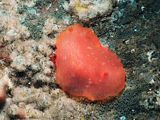 |
 |
 |
 |
 |
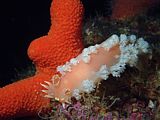 |
 |
 |
 |
 |
 |
 |
 |
 |
 |
 |
 jellyfish Pelagia noctiluca |
 |
 |
 |
 |
 |
 |
 |
 |
 |
 |
 |
 |
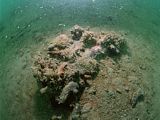 |
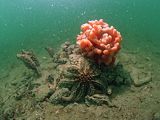 |
-- seafriends home -- more
slide shows (autorun page) -- Rev 20060222,20060303,